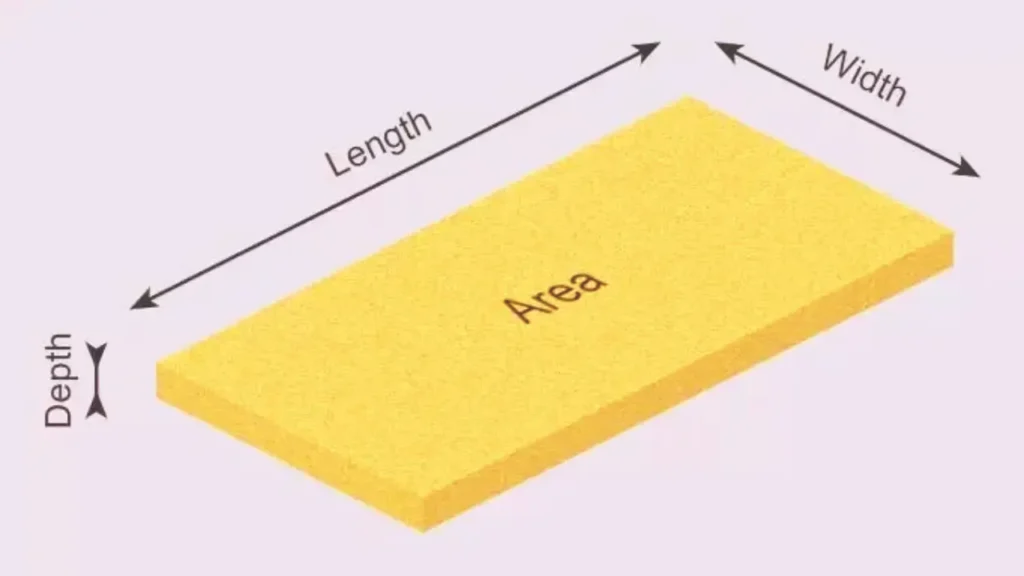
Results
Volume of Sand Needed: 0 cu yd
Understanding the sand calculator
Accuracy is key in the world of construction. All projects, from skyscrapers to the humble backyard patio, depend on precise measurements and material estimates.
That’s where sand calculators come in, a simple but essential tool for builders and DIY enthusiasts.
What Is a Sand Calculator?
Sand Calculator is a web-based tool for estimating the sand needed for various construction projects.
By entering parameters such as the length, width, and depth of the area to be filled, these calculators can provide a rough estimate of the volume of sand needed, often in cubic yards or meters.
Importance of Accurate Sand Volume Estimates
Accurate sand volume estimates are vital for several reasons:
- Cost Efficiency: Overestimating sand needs can lead to unnecessary expenses, while underestimating can cause project delays and additional shipping costs.
- Environmental Impact: Precise calculations help minimize waste, contributing to sustainable construction practices.
- Structural Integrity: The right amount of sand ensures proper support and stability for structures, particularly in concrete mixing and foundation work.
How Sand Calculators Simplify Construction Projects?
About 50 billion tons of sand and gravel are used worldwide every year. Sand calculators simplify the construction process in several ways:
- Time-saving: Manual calculations can be time-consuming and error-prone. Sand calculators provide quick and reliable estimates.
- Versatility: Sand calculators can be used in a wide range of projects, from landscaping to large-scale construction.
How many bags of sand do I need a calculator?
How many sandbags do you need Depending on your requirements and needs and which types of your project building? But you can estimate with the sand calculator.
How sand calculator work?
The formula used in a sand calculator is:
Volume (cubic feet) = Length (feet) x Width (feet) x Depth (feet)
Here’s how the formula works:
- Measure the length, width, and depth (or height) of the area to be filled with sand in feet.
- Multiply the length, width, and depth to calculate the volume in cubic feet.
- Convert the volume from cubic feet to the desired unit of measurement for sand, such as cubic yards or tons.
To convert cubic feet to cubic yards, divide the volume in cubic feet by 27 (since there are 27 cubic feet in one cubic yard):
Volume (cubic yards) = Volume (cubic feet) / 27
To convert cubic yards to tons, multiply the volume in cubic yards by the weight density of sand, which typically ranges from 1.4 to 1.7 tons per cubic yard, depending on the moisture content and compaction:
Volume (tons) = Volume (cubic yards) x Weight Density (tons/cubic yard)
Example 1: Calculate the amount of sand needed to fill a sandbox with dimensions of 6 feet x 4 feet x 1 foot.
Step 1: Calculate the volume in cubic feet. Volume = Length x Width x Depth Volume = 6 feet x 4 feet x 1 foot = 24 cubic feet
Step 2: Convert the volume to cubic yards. Volume (cubic yards) = Volume (cubic feet) / 27 Volume (cubic yards) = 24 cubic feet / 27 ≈ 0.89 cubic yards
Step 3: Convert the volume to tons (assuming a weight density of 1.5 tons per cubic yard). Volume (tons) = Volume (cubic yards) x Weight Density (tons/cubic yard) Volume (tons) = 0.89 cubic yards x 1.5 tons/cubic yard ≈ 1.34 tons
Therefore, you would need approximately 1.34 tons (or 0.89 cubic yards) of sand to fill the sandbox.
Example 2: Calculate the amount of sand needed to create a base for pavers with dimensions of 20 feet x 15 feet x 4 inches (0.33 feet).
Step 1: Calculate the volume in cubic feet. Volume = Length x Width x Depth Volume = 20 feet x 15 feet x 0.33 feet = 99 cubic feet
Step 2: Convert the volume to cubic yards. Volume (cubic yards) = Volume (cubic feet) / 27 Volume (cubic yards) = 99 cubic feet / 27 ≈ 3.67 cubic yards
Step 3: Convert the volume to tons (assuming a weight density of 1.6 tons per cubic yard). Volume (tons) = Volume (cubic yards) x Weight Density (tons/cubic yard) Volume (tons) = 3.67 cubic yards x 1.6 tons/cubic yard ≈ 5.87 tons
Therefore, you would need approximately 5.87 tons (or 3.67 cubic yards) of sand to create the base for the pavers.
Frequently Asked Questions about Sand Calculator
How do you calculate the CFT of sand?
To calculate the CFT (cubic feet) of sand, measure the length, width, and depth of feet. Multiply these three dimensions to get the volume in cubic feet.
How do you calculate sand quantity?
To calculate sand quantity, determine the area’s volume in cubic feet. Convert cubic feet to cubic yards by dividing by 27. Then, convert cubic yards to tons.
How much sand is 1 cube?
One cube with dimensions of 1 foot x 1 foot x 1 foot equals 1 cubic foot of sand.
How much kg is 1 unit of sand?
One unit of sand, typically measured in cubic yards or tons, can range from approximately 1,400 to 1,700 kg, depending on moisture content and compaction.